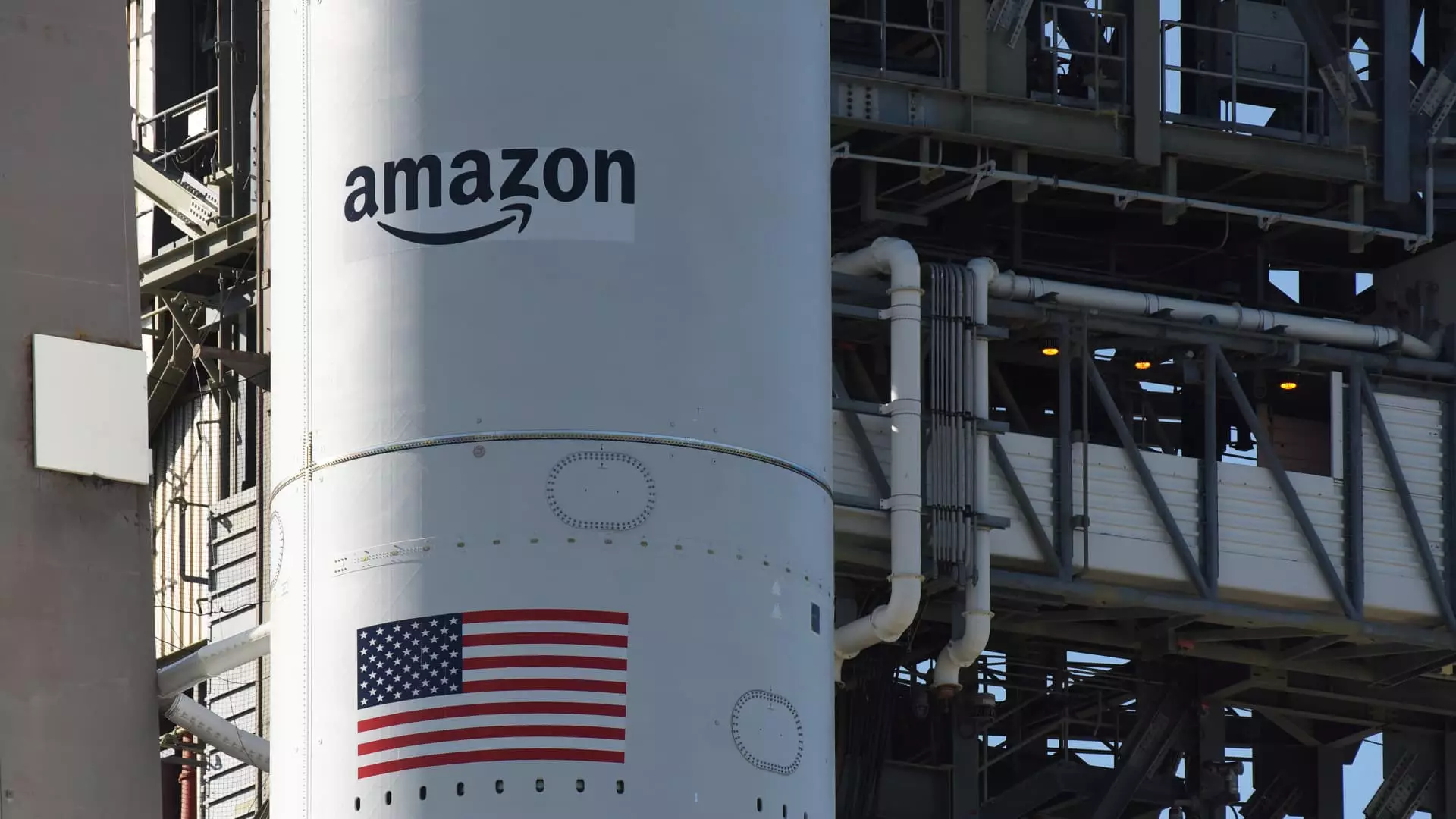In a twist of fate, Amazon’s ambitious project to revolutionize internet access from space faced an unexpected hurdle due to inclement weather. The company was all set to deploy 27 Kuiper satellites aboard a United Launch Alliance (ULA) rocket from Cape Canaveral, Florida. However, “stubborn cumulus clouds” and intense winds forced ULA to halt countdown operations, cancelling the launch right at the edge of the planned window. Such challenges are common in the realm of aerospace, yet they shine a light on the relentless unpredictability of environmental conditions that can thwart even the most meticulously planned ventures.
Kuiper’s Vision for the Future
Amazon’s Kuiper project isn’t merely an experiment; it represents a groundbreaking vision of providing high-speed, low-latency internet connectivity across the globe. This initiative underscores Amazon’s ambition to create a constellation of low Earth orbit satellites, promising to bridge the digital divide for consumers, corporations, and governments alike. The company has designed square-shaped terminals for a seamless user experience, signaling a step towards a future where reliable internet access is no longer a luxury, but a universal standard. The impending commercial service rollout, expected later this year, is set to shake the foundations of the global internet market.
Competing with Giants
However, Amazon is not entering this arena alone. Competing against SpaceX’s Starlink, which boasts a rapidly expanding fleet of 8,000 operational satellites, presents a monumental challenge. SpaceX’s dominance in space-based internet services is not just about sheer numbers; it has established a robust service that is already influencing governmental operations, especially under the guidance of CEO Elon Musk, who has leveraged his influence as a key advisor at the highest levels of U.S. government. This competitive landscape positions Amazon at a critical juncture, where innovation and speed will be vital in carving out its niche in a crowded marketplace.
Meeting Regulatory Deadlines
The pressure is mounting for Amazon, stemming from firm regulatory expectations set by the Federal Communications Commission (FCC). The requirement to launch at least half of its satellite constellation—1,618 satellites—by July 2026 looms large over the company’s ambitions. Such mandates can often act as a double-edged sword, fostering urgency while also breeding potential for rushed decisions that could compromise quality. As Amazon gears up for its next launch attempt, the stakes could not be higher; they need to ensure that they not only meet deadlines but also execute flawlessly to gain the trust of consumers and regulators alike.
A Path Forward
Looking ahead, Amazon has already begun preparations for future missions, with the next set of their satellites also scheduled to hitch a ride on a ULA Atlas V rocket. Their strategy reflects a commitment not only to rapid deployment but also to the critical adaptability that space ventures require. As they continue to navigate the complexities of aerospace regulations and technological challenges, the world watches closely. The next few years could see a remarkable shift in how we access the internet, and Amazon’s Kuiper project stands at the forefront of this potential revolution. The journey has just begun, and one can only hope it unfolds with the pace and ambition that the digital age demands.


Leave a Reply